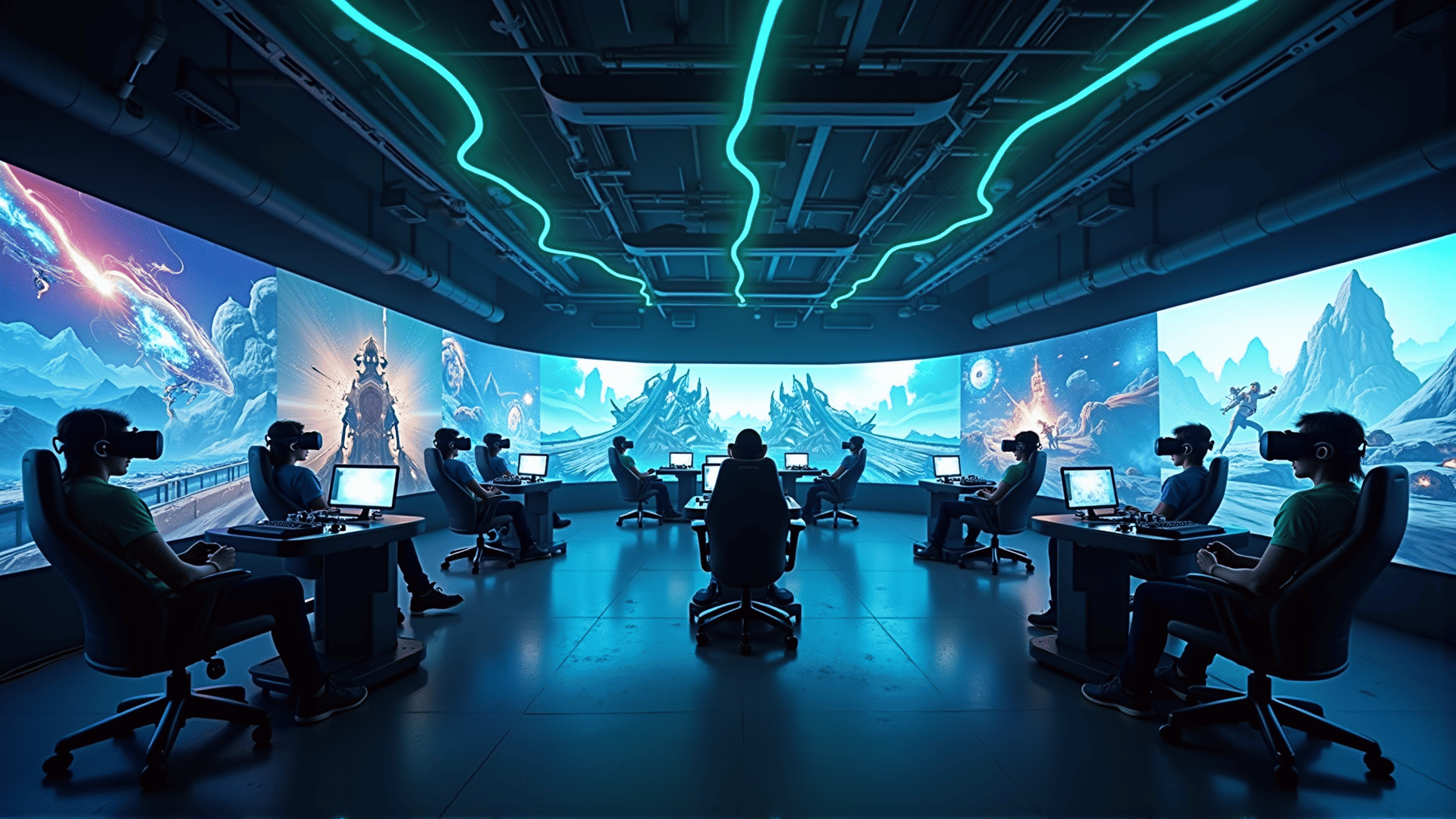The online gaming landscape is constantly evolving, driven by technological advancements and a community that craves immersive experiences. With graphics enhancements, AI-driven narratives, and new forms of interaction, the future of online gaming promises to redefine how players engage with virtual worlds.
At the forefront of these innovations are graphics advancements. The evolution from pixelated images to lifelike visuals has been astonishing, but there is more on the horizon. Technologies such as ray tracing and photogrammetry are pushing the boundaries, enabling developers to create environments so realistic that the line between the virtual and the real world becomes increasingly blurred. The introduction of 8K resolution and higher frame rates promises to offer players an unparalleled level of detail and fluidity in their gaming experiences.
However, stunning visuals are just one piece of the puzzle. The development of artificial intelligence (AI) is playing a pivotal role in transforming gaming narratives and interactions. AI-driven narratives mean games can adapt in real-time to the choices and actions of players, creating personalized experiences that differ from one gamer to another. Characters in games are also becoming more dynamic and realistic, thanks to AI enhancements that enable them to learn and react in ways that were previously impossible. This adaptive storytelling ensures that each player's journey is unique, enhancing replayability and deepening the emotional connection to the game.
In addition to these technological advancements, the integration of virtual reality (VR) and augmented reality (AR) is revolutionizing the way players interact with games. VR headsets are becoming more accessible and affordable, offering fully immersive experiences that transport players into the game world like never before. AR technology overlays digital elements onto the real world, merging gaming with everyday life and opening up new possibilities for interaction and engagement. Together, VR and AR are setting the stage for innovative gameplay mechanics and experiences that are only limited by the imagination of developers.
Furthermore, the emergence of cloud gaming services is transforming accessibility, allowing players to enjoy high-quality games across various devices without the need for expensive hardware. By streaming games through the cloud, gamers can experience cutting-edge titles on smartphones, tablets, and TVs, breaking down conventional barriers and expanding the global audience.
Social interaction within games is also undergoing a transformation. From multiplayer games that connect friends across continents to expansive online communities where players can share experiences and collaborate on goals, social gaming is becoming a central element within the industry. The integration of social media features within games enables players to share achievements, stream gameplay, and foster communities that transcend geographical boundaries.
The future of online gaming will also be shaped by the industry's growing commitment to diversity and inclusivity. Game developers are increasingly focusing on creating content that reflects a broader range of cultures, identities, and stories, ensuring that the virtual worlds they build are welcoming to all players. This shift towards inclusivity is essential for fostering a gaming environment where everyone feels represented and valued.
Ultimately, the future of online gaming is bright, with endless possibilities driven by technological innovations and a growing emphasis on diverse player experiences. As graphics become more realistic, AI facilitates adaptive narratives, and new forms of interaction emerge, gamers can look forward to increasingly immersive and personalized journeys. Whether exploring vast open worlds or engaging with richly developed characters, players are set to experience the next frontier of entertainment, where the extraordinary becomes the norm.
